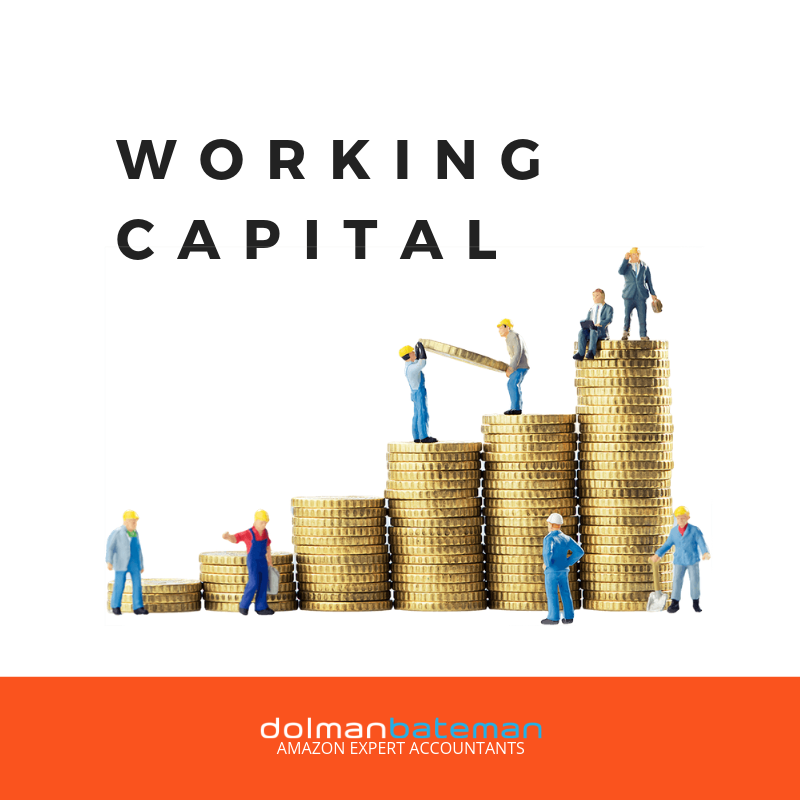Working Capital
- Arnold Shields

- Nov 30, 2016
- 3 min read
Updated: May 23
What Is Working Capital?
In simple terms, working capital is the money your business needs to operate on a day-to-day basis. It's traditionally calculated as:
Working Capital = Current Assets – Current Liabilities
But let’s face it, that textbook definition doesn’t mean much unless you're an accountant.
In real-world terms, working capital is the cash locked up in your business. It's the money you've already earned in profits or tied up in stock and customer invoices—but haven't yet received as actual cash. That’s why you can be making a profit and still run out of money.
Why Working Capital Matters
A lack of working capital is one of the top reasons profitable businesses collapse. Here's why:
You’ve made the sales.
You’ve delivered the goods.
But your cash is stuck in stock or unpaid invoices.
You still need to pay staff, rent, and suppliers.
If your cash inflows don’t match your outflows, your business stalls—even when your books show a profit.
Let’s Look at an Example
Say your business holds:
$1 million in trade debtors (money owed to you)
$700,000 in inventory
$500,000 owed to suppliers
Your working capital looks like this:
Trade Debtors: $1,000,000
Inventory: $700,000
Less Creditors: ($500,000)
Working Capital: $1,200,000
This $1.2 million is cash tied up in your business. You’ll need to recover it—by selling stock and collecting payments, before you can use it.
What Happens When You Grow?
Now imagine you’re expanding. You land a new customer and expect to increase turnover from $10 million to $11 million annually.
But your customers take 60 days to pay, inventory turns over every 90 days, and you pay suppliers in 45 days. Based on industry-standard assumptions, your new working capital requirement increases to:
Debtors: $1.8 million
Inventory: $1.9 million
Creditors: ($949,000)
Total Working Capital: $2.76 million
That's a jump of $221,000 just to support new business.
Yes, the customer is valuable, bringing $300,000 in profit, but you need that $221,000 in upfront cash to fund the growth.
Why Growing Businesses Go Bust
When businesses grow quickly without understanding their working capital needs, they run out of cash:
Suppliers stop delivering due to unpaid bills.
Stock runs out.
Sales stall.
Fixed costs (wages, rent) remain.
Losses mount, and the business collapses—fast.
How to Improve Working Capital Management
Here’s how you can improve cash flow and fund growth:
1. Collect Debts Faster
Shorten your payment terms.
Follow up consistently on overdue accounts.
Drop chronically late payers.
2. Optimise Inventory
Reduce stock holding days.
Drop slow-moving or unprofitable lines.
Forecast demand more accurately.
3. Negotiate Better Supplier Terms
Aim for longer payment periods.
Align payment terms with your cash inflow cycles.
4. Improve Gross Margins
Raise prices (where justified).
Reduce supply chain inefficiencies.
Review warehousing and logistics costs.
Final Word
Working capital isn’t just an accounting term, it’s your business’s lifeline. Understanding and managing it effectively is essential to staying afloat and growing sustainably.
If you’re unsure about your working capital position or need help planning for growth, Dolman Bateman can help. Our advisors specialise in practical strategies that keep your business running smoothly and profitably.
Disclaimer:
The information provided in this article is general in nature and does not constitute personal financial, legal or tax advice. While every effort has been made to ensure the accuracy of this content at the time of publication, tax laws and regulations may change, and individual circumstances vary. Dolman Bateman accepts no responsibility or liability for any loss or damage incurred as a result of acting on or relying upon any of the information contained herein. You should seek professional advice tailored to your specific situation before making any financial or tax decision.



